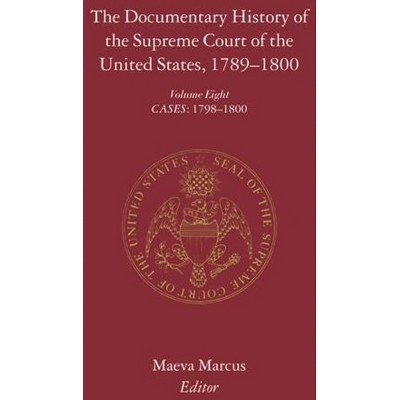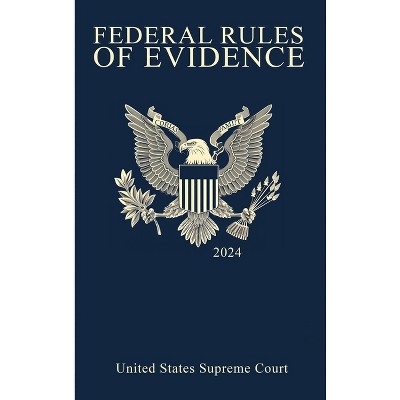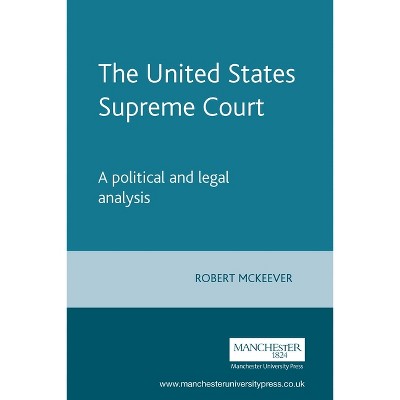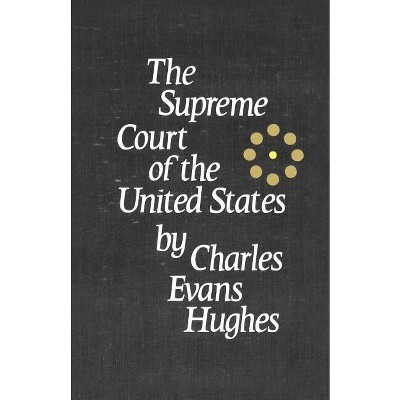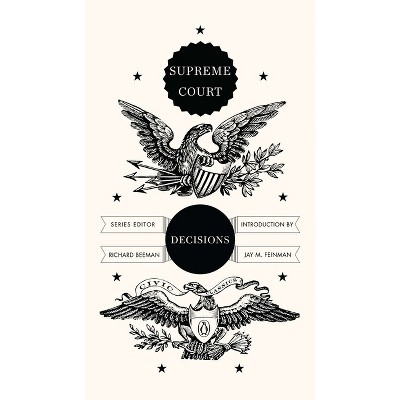Sponsored

The Documentary History of the Supreme Court of the United States, 1789-1800 - 6th Edition by Maeva Marcus (Hardcover)
In Stock
Sponsored
About this item
Highlights
- Volume 6 covers the beginnings of federal admiralty and equity jurisprudence, habeas corpus, judicial review, forreign affairs, and the relationship between the national judiciary and state courts.
- Author(s): Maeva Marcus
- 852 Pages
- Freedom + Security / Law Enforcement, Legal History
- Series Name: Documentary History of the Supreme Court of the United States, 1789-1800
Description
About the Book
Volume 6 covers the beginnings of federal admiralty and equity jurisprudence, habeas corpus, judicial review, forreign affairs, and the relationship between the national judiciary and state courts. Also included is an appendix of documents pertaining to the question of whether the Supreme Court could issue advisory opinions at the request of the executive branch. A narrative history introduces each case, and the documents are arranged chronologically thereafter. The texts of many of them had to be reconstructed from originals that were severely damaged or written in shorthand. Taken from official court records, as well as related correspondence, lawyers' notes, justices' notes and opinions, newspaper commentary, and pamphlets, these documents provide critical material with which to assess the initial development of federal court practice and procedure.
Book Synopsis
Volume 6 covers the beginnings of federal admiralty and equity jurisprudence, habeas corpus, judicial review, forreign affairs, and the relationship between the national judiciary and state courts. Also included is an appendix of documents pertaining to the question of whether the Supreme Court could issue advisory opinions at the request of the executive branch. A narrative history introduces each case, and the documents are arranged chronologically thereafter. The texts of many of them had to be reconstructed from originals that were severely damaged or written in shorthand. Taken from official court records, as well as related correspondence, lawyers' notes, justices' notes and opinions, newspaper commentary, and pamphlets, these documents provide critical material with which to assess the initial development of federal court practice and procedure.Review Quotes
An outstanding contribution to scholarship.-- "Constitutional Commentary"
Shipping details
Return details
Frequently bought together
Trending Non-Fiction













